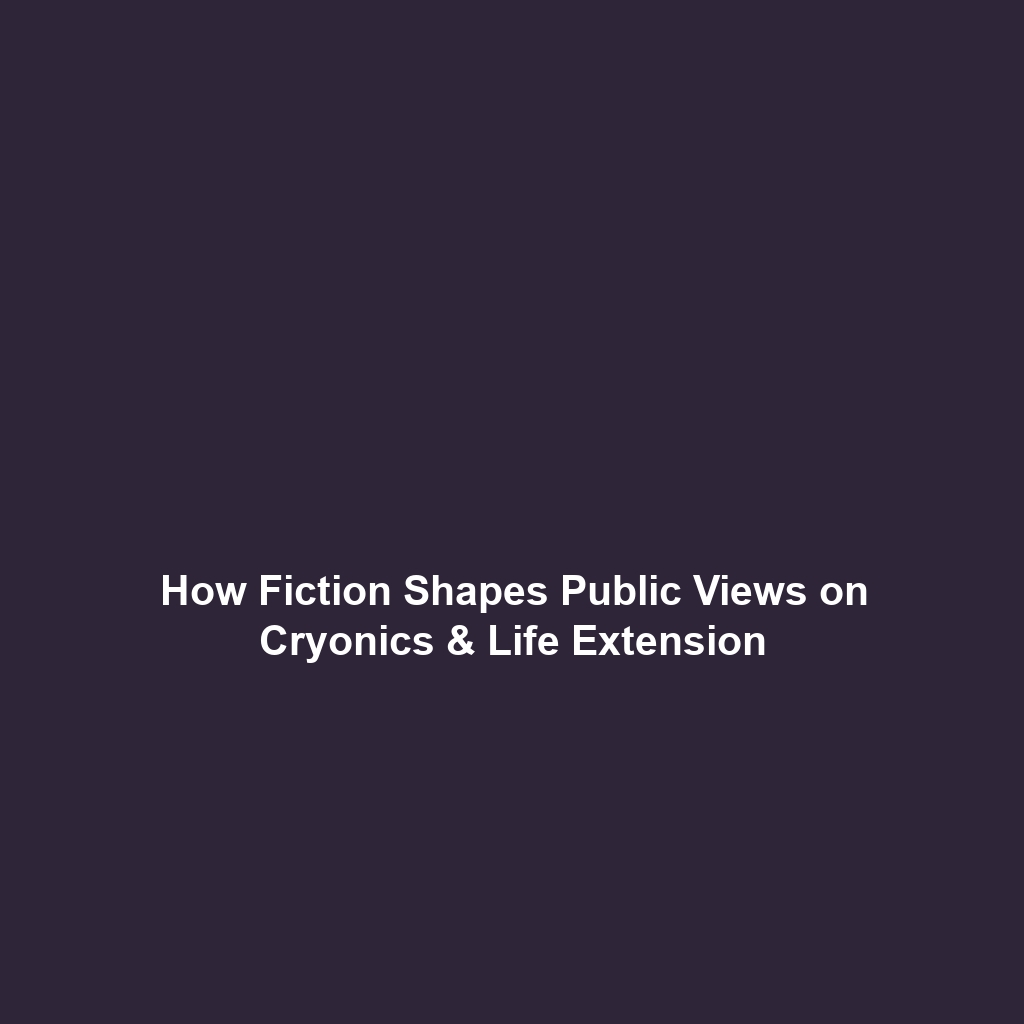Educational Resources Explaining Gravitational Waves to Non-Experts
Introduction
Gravitational waves are ripples in spacetime caused by some of the universe’s most violent and energetic processes, such as colliding black holes and neutron stars. Understanding these fascinating phenomena is critical, not only for astrophysics but for enhancing public scientific literacy. This article highlights educational resources that effectively explain gravitational waves to non-experts, fostering a broader appreciation of their significance in the field of gravitational waves.
Key Concepts
Understanding Gravitational Waves
Gravitational waves were first predicted by Albert Einstein in 1916 as part of his General Theory of Relativity. These waves travel at the speed of light and carry information about their origins. Key concepts include:
- Source of Gravitational Waves: Major events in the universe such as supernova explosions or mergers of compact objects.
- Detection Methods: Instruments like LIGO (Laser Interferometer Gravitational-Wave Observatory) and Virgo are pivotal for detecting these waves.
- Scientific Significance: The detection of gravitational waves opens a new avenue for understanding the cosmos and validates aspects of general relativity.
Applications and Real-World Uses
How Educational Resources are Used in Gravitational Waves
Educational resources serve various essential roles related to gravitational waves:
- Public Engagement: Science museums and online platforms use workshops and videos to explain gravitational waves to general audiences.
- Academic Curricula: Universities incorporate accessible educational materials into their astrophysics courses to engage students without advanced backgrounds.
- Informational Campaigns: Organizations like NASA use social media to disseminate information about new gravitational wave discoveries, reaching non-expert audiences.
Current Challenges
Challenges of Educational Resources Explaining Gravitational Waves
While there is a growing interest in gravitational waves, several issues continue to pose challenges:
- Complex Terminology: Scientific jargon can alienate non-experts, making it difficult to grasp core concepts.
- Resource Availability: Quality educational materials are often not freely accessible, limiting exposure to accurate information.
- Misconceptions: There is a prevalent misunderstanding regarding what gravitational waves are and their implications in physics.
Future Research and Innovations
Upcoming Research in Gravitational Waves
As the field of gravitational wave astronomy evolves, numerous innovations are on the horizon:
- Next-Generation Detectors: Future observatories like Einstein Telescope and Cosmic Explorer promise enhanced sensitivity for detecting weaker signals.
- Interdisciplinary Collaboration: Increased collaboration between physicists, educators, and technology developers will foster better educational tools.
- Public Outreach Programs: Innovative programs like augmented reality experiences are being developed to engage the public more effectively.
Conclusion
In summary, educational resources for explaining gravitational waves to non-experts are critical for bridging the gap between complex scientific concepts and public understanding. As gravitational wave research progresses, enhancing educational efforts will empower individuals to appreciate the significance of these cosmic phenomena. For further learning, explore our articles on the detection of gravitational waves and real-world implications of astrophysics.

